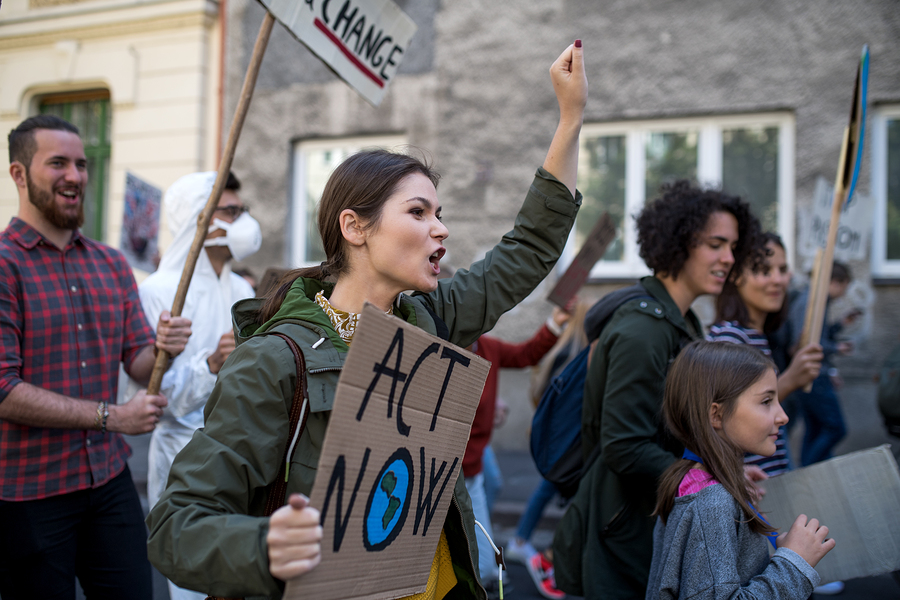
The First Amendment is known to protect what we call freedom of speech. It means that everyone has the right to express an opinion and be free from government censorship, regardless of who agrees with it.
But freedom of speech doesn’t just include the spoken word. In fact, freedom of speech and expression can take many non-verbal forms. These are known as symbolic speech, actions that express specific ideas.
What is symbolic speech?
Non-verbal, or symbolic speech, is an action that clearly conveys a specific message to anyone who sees and/or reads it. Symbolic speech can take the form of:
- Public protests, such as sit-ins and marches
- Demonstrations
- Wearing buttons, armbands, or other clothing items (such as t-shirts) that deliver a protest or other specific message
- Nudity
- Flag waving
- Flag burning
- Burning draft cards
The government must have an important reason and prove to a court that the message isn’t protected speech if they want to punish you. Government disapproval cannot be the reason. But like fighting words, not everything is protected speech.
The limits on symbolic speech
Freedom of speech does not mean that you can say whatever you want without consequences. The fighting words doctrine includes speech or words that intentionally incite violence or cause distress and are not protected. Slander (lying), obscenity, child pornography, and obscene gestures are also not protected as free speech or symbolic speech.
Two examples of symbolic speech
During the Vietnam War, students at two Iowa schools decided to wear black armbands to school as a silent protest to the war. Once the principals discovered the plan, they warned students that anyone wearing the armbands would be suspended. Three students were suspended as a result. Parents of these children sued, and the U.S. District Court sided with the school. The students lost on appeal so they took the case to the Supreme Court.
In Tinker v. Des Moines Independent Community School District, the Court decided that students had the right to symbolic speech at school. However, in this instance, the school was correct in prohibiting them to avoid disrupting learning at the school, and they had the right to do so.
Another famous example of symbolic speech is the case of Texas v. Johnson, in which a man burned an American flag outside of the 1984 Republican National Convention in Dallas, Texas. He chose to burn it there, where Ronald Reagan was about to receive the nomination for president, as a protest. He soaked a flag in kerosene and set it on fire. He was immediately arrested for violating a Texas state law prohibiting the burning or desecration of an American flag. He served a year in jail and paid a fine.
The Texas Court of Criminal Appeals is the state’s highest appeals court for criminal cases. They argued that symbolic speech was protected by the First Amendment, and overturned his conviction. This led the way to a Supreme Court hearing the case in June 1989 that produced a controversial 5-4 ruling that burning the flag is protected symbolic speech. The justices called it a bedrock principle that the government could not just prohibit an expression of speech just because society finds it offensive.
The First Amendment protects your right to freedom of speech
If someone has threatened your right to free or symbolic speech, you can fight back. Call the Civil Rights Litigation Group at (720) 515-6165, or use our online contact form, to schedule your free consultation with us today. We understand civil rights cases, and can help you protect your rights.
Call us at 720-515-6165
Related posts:
Free speech and the First Amendment
Hate speech, the First Amendment and social media posts — what you should know
